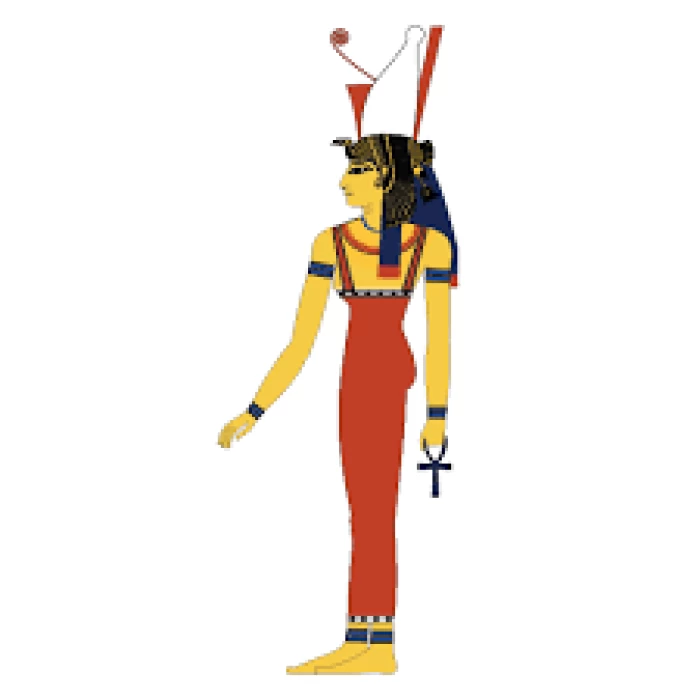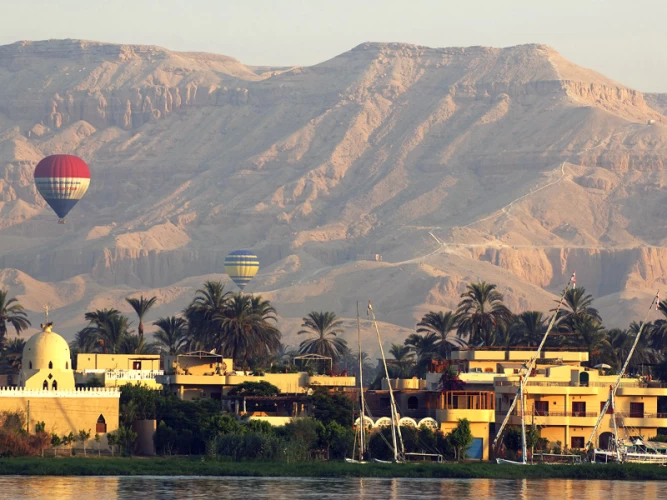
亡灵书》,古埃及葬礼文本
女神Mut
女神穆特是由秃鹫代表,在埃及有语音价值mwt,意思是"母亲"。 她的肖像画也给她带来了一个多色的外观,秃鹫形状的头饰上面有上埃及和下埃及的双冠。 底比斯附近的一个地方是献给她的,叫做亚舍神庙。
在艺术中,穆特被描绘成一个长着秃鹫翅膀的女人,手持ankh标志(生命之钥),戴着上埃及和下埃及土地的双冠和红色或蓝色连衣裙,脚下有女神马特的羽毛。
古埃及的神
Mut有时被描绘成眼镜蛇,猫,牛,或母狮以及秃鹫。 在新王国结束之前,几乎所有戴着上埃及和下埃及双冠王冠的女性形象都是对女神穆特的描绘,在这里被标记为"天堂的夫人,万神的情妇"。 此页面上的最后一张图片显示了女神脸部的特征,这标志着这是在18th王朝和拉美西斯二世统治时期的某个时候完成的工作。
哈特谢普苏特女王在18王朝统治期间重建了卡纳克的古穆特神庙。 以前的挖掘机认为阿蒙霍特普三世建造了这座寺庙,因为为Sekhmet发现了数百座雕像,这些雕像有他的名字。 然而,完成了大量寺庙和公共建筑的Hatshepsut已经在75年前完成了这项工作。 他开始了用上埃及和下埃及的王冠画穆特的习俗。 阿蒙霍特普三世被认为已经删除了哈特谢普苏特的大部分迹象,同时为他所建造的项目提供了信贷。
The goddess Mut is represented by the vulture which in Egyptian has the phonetic value mwt which means "mother". Her iconography also presents her with a multi-colored appearance with a vulture-shaped headdress surmounted by the double crown of Upper and Lower Egypt. A place near Thebes was dedicated to her, called the Temple of Asher.
Mut is sometimes depicted as a cobra, a cat, a cow, or as a lioness as well as a vulture. Before the end of the New Kingdom, almost all the images of female figures wearing the double crown of Upper and Lower Egypt were depictions of the goddess Mut, labeled here as "Lady of Heaven, Mistress of all Gods". The last image on this page shows the features of the goddess's face which mark this as a work done sometime between the 18th dynasty and relatively in the reign of Ramses II.
Queen Hatshepsut had the ancient Mut temple in Karnak rebuilt during her reign in the 18th dynasty. Previous excavators had thought that Amenhotep III had the temple built because of the hundreds of statues found for Sekhmet which had his name. However, Hatshepsut, who completed a huge number of temples and public buildings, had completed the work 75 years earlier. He began the custom of painting Mut with the crown of both Upper and Lower Egypt. Amenhotep III is believed to have removed most of the signs of Hatshepsut while taking credit for the projects he had built.
The Family Connections of the Goddess Mut
According to ancient texts, Mut had no fathers, as mythology holds that she was the Great Mother. However, despite being a mother goddess, she did not bear children. Instead, she adopted the war and moon goddesses, Mentu and Khonsu, respectively.
To worship the Theban Triad, the ancient Egyptians constructed the Temple of Amun at Luxor...During the 18th and 25th Dynasties, this triad was made up of Amun, his spouse Mut, and their son Khonsu.
Mut Cult
Temples of Mut can still be found in modern-day Egypt and Sudan. This reflects the popularity and devotion Mut enjoyed in ancient times. In Egypt, it became the Temple of Karnak, and in Sudan.
According to history, this temple housed the statue considered to be the actual embodiment of the Ka. The daily Mut cult involved rituals performed by the king and her priestesses. The interior reliefs of the temple depict scenes of priestesses worshipping Mut. Uniquely, these reliefs are the only surviving depictions of women practicing the cult from the ancient Egyptian period...During the 18th century, Pharaoh Hatshepsut ordered the reconstruction of the temple dedicated to Mut at Karnak. Hatshepsut began the tradition of depicting Mut in the crowns of Upper and Lower Egypt. Some historians believe that Amenhotep III removed most of Hatshepsut's markings and took credit for the project.















